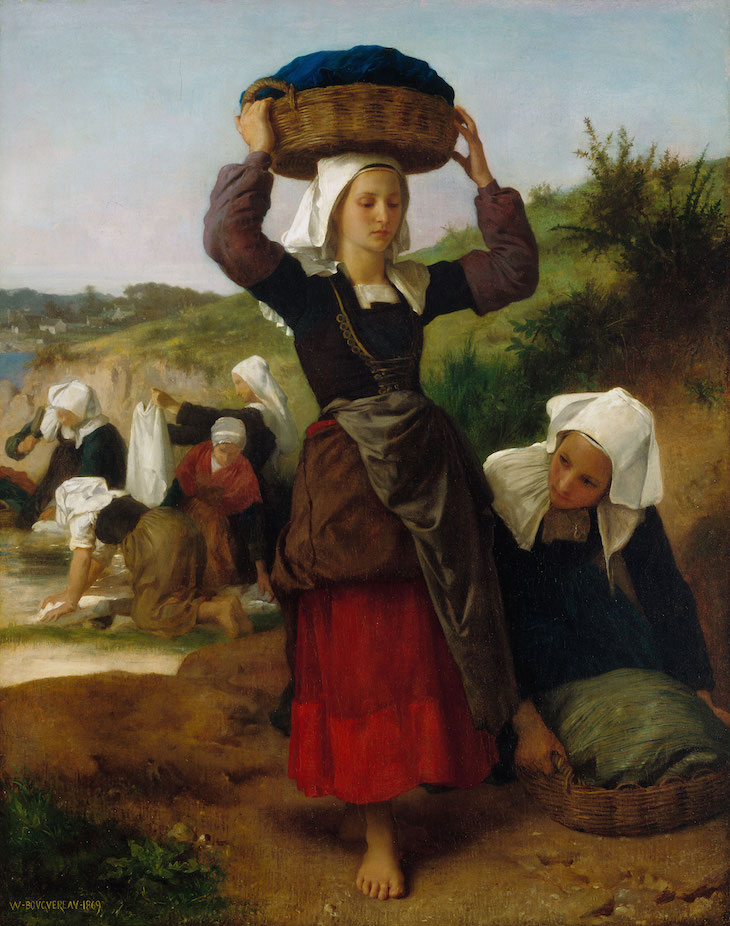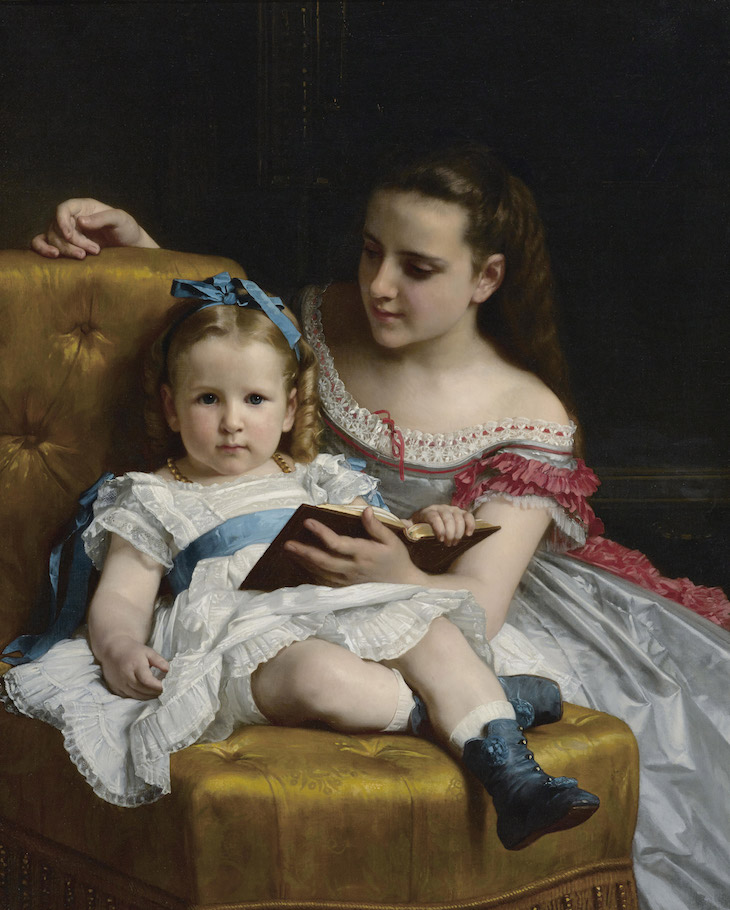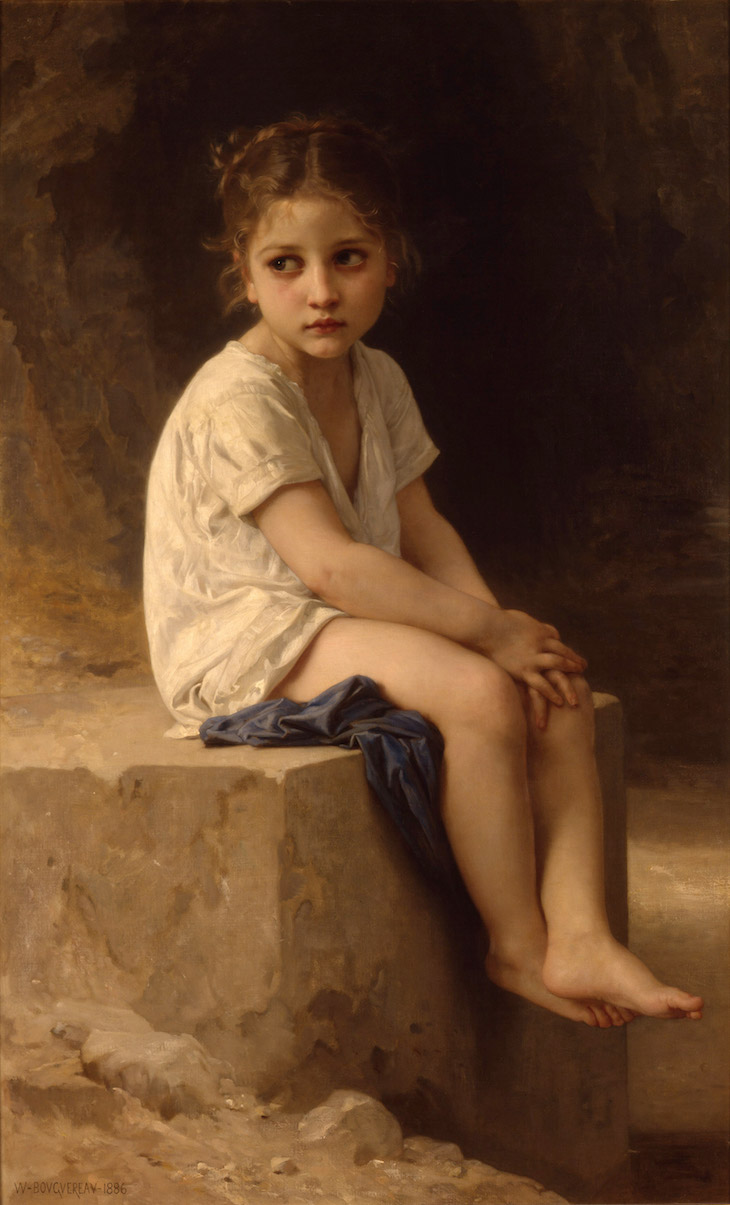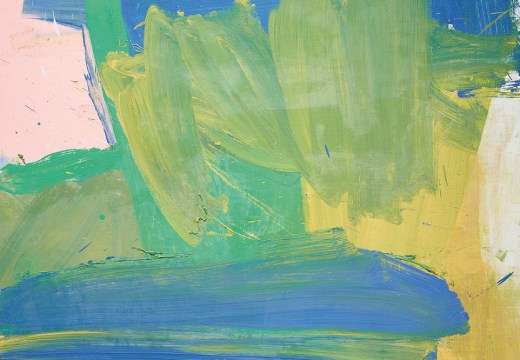William-Adolphe Bouguereau’s highly polished, sentimental paintings were stars of the Paris Salon in the late 19th century, and much sought-after by American collectors. This show looks at the reasons for the artist’s tremendous popularity and later falling out of fashion. Find out more from the Milwaukee Art Museum’s website.
Preview the exhibition below | See Apollo’s Picks of the Week here

Washerwomen of Fouesnant (1869), William-Adolphe Bouguereau. Memorial Art Gallery of the University of Rochester
With his paintings of cherubic children, melancholy Madonnas, and rustic scenes such as this, Bouguereau has come to encapsulate our image of artistic taste in America in the second half of the 19th century. During this time, he was one of the most desirable living artists for US collectors – when he died in 1905, an obituary observed that ‘no respectable amateur would mention his new fad of picture-collecting until he had secured a “Bouguereau” for his parlor’.

Portrait of Frances and Eva Jonhston (1869), William-Adolphe Bouguereau
Bouguereau’s fame brought him prestigious commissions in the US; this work depicts the two daughters of John Taylor Johnston, a railroad executive who would become the first president of the Metropolitan Museum of Art in New York. The portrait reveals the artist’s great skill for painting children, as well as his knack for arresting compositions; the younger Eva looks directly at the viewer, ignoring her sister and her book.

Admiration (1897), William-Adolphe Bouguereau. San Antonio Museum of Art. Photo: Roger Fry
The catalogue for this exhibition records a telling anecdote, related by an American journalist who was chatting to Bouguereau. Bouguereau commented of an earlier, dramatically gruesome painting of Dante and Virgil in hell: ‘If I had stuck to such subjects as that, I should have starved long ago […] people will only buy pictures which they can put on the walls and take pleasure in looking at.’ As an example, he gestured to what was probably this work of 1897.

At the Foot of the Cliff (1886), William-Adolphe Bouguereau. Memphis Brooks Museum of Art
As popular taste shifted in the 20th century to favour the innovations of the Impressionists and their followers, Bouguereau was increasingly dismissed. One of the ambitions of this exhibition is to provide a chance to reassess the technical subtlety and emotional power of his best work. In this depiction of a young, raggedly dressed girl, the smooth texture of her skin contrasts with the rough stone of her bare surroundings, suggesting her growing realisation of the uphill struggle that life in poverty will hold for her.











![Masterpiece [Re]discovery 2022. Photo: Ben Fisher Photography, courtesy of Masterpiece London](http://www.apollo-magazine.com/wp-content/uploads/2022/07/MPL2022_4263.jpg)
Why are fathers so absent from art history?